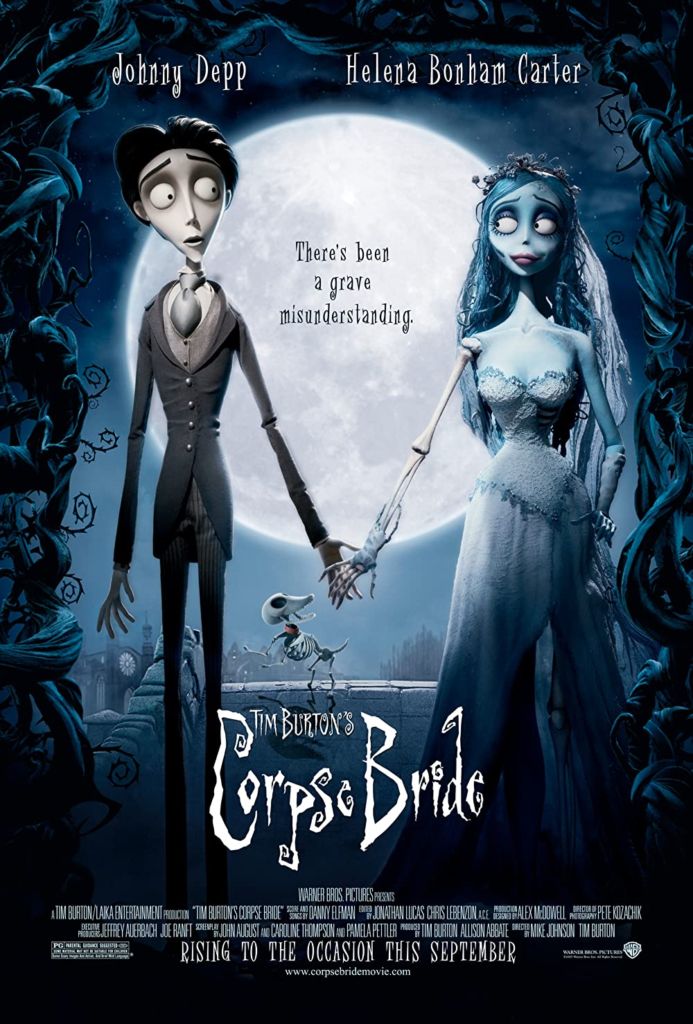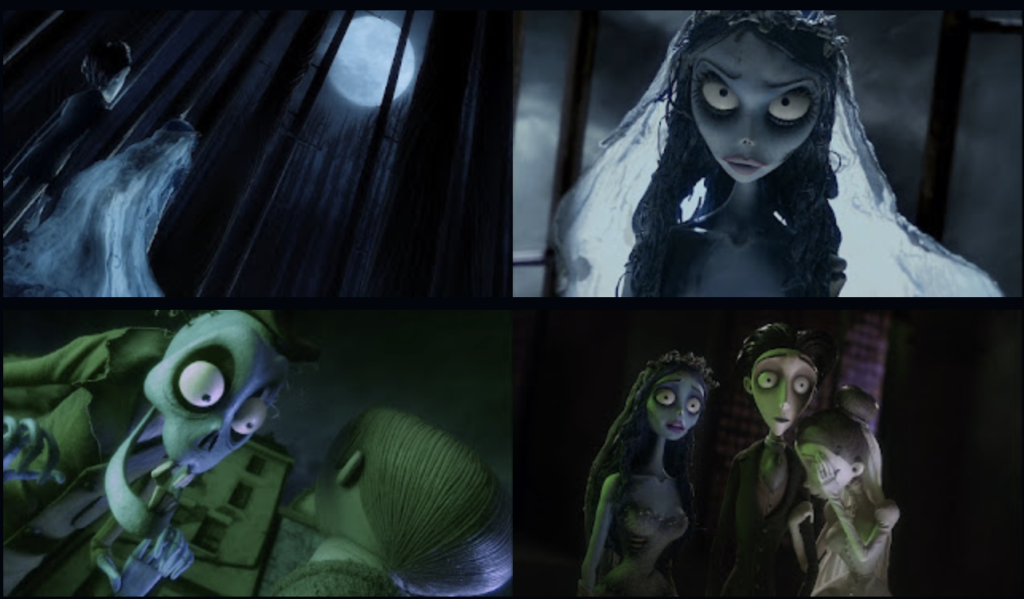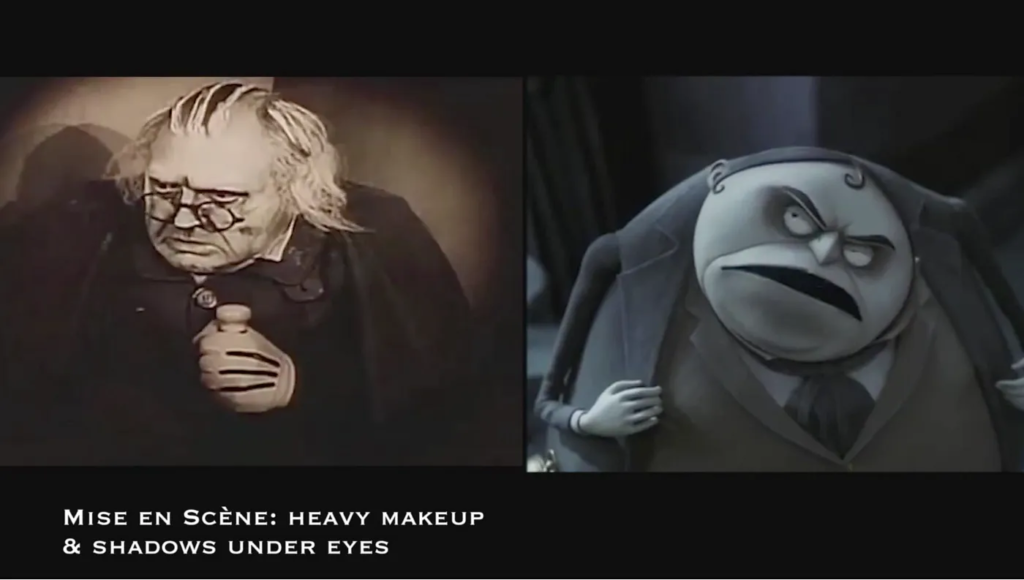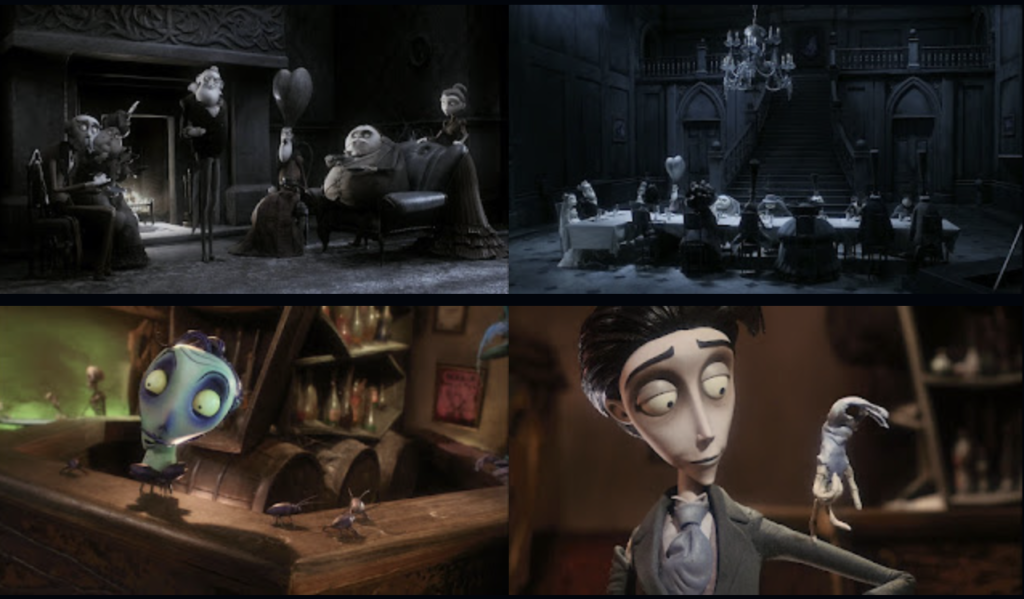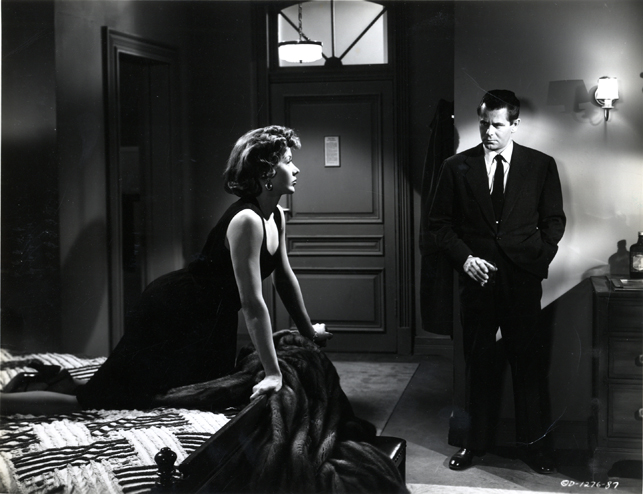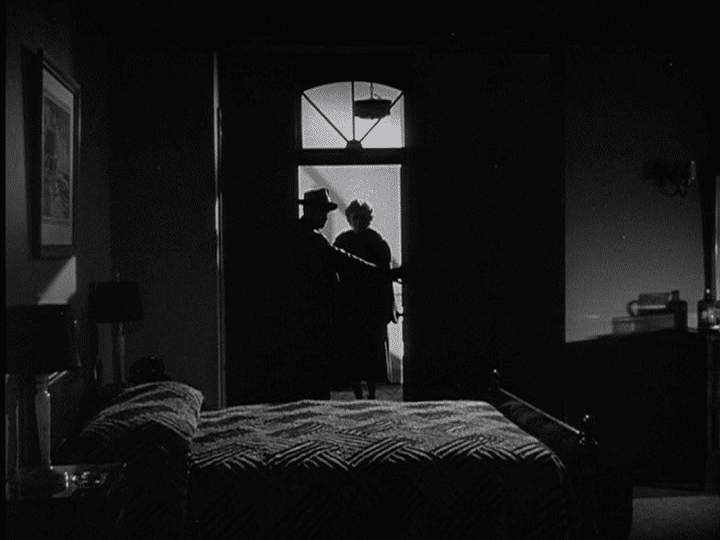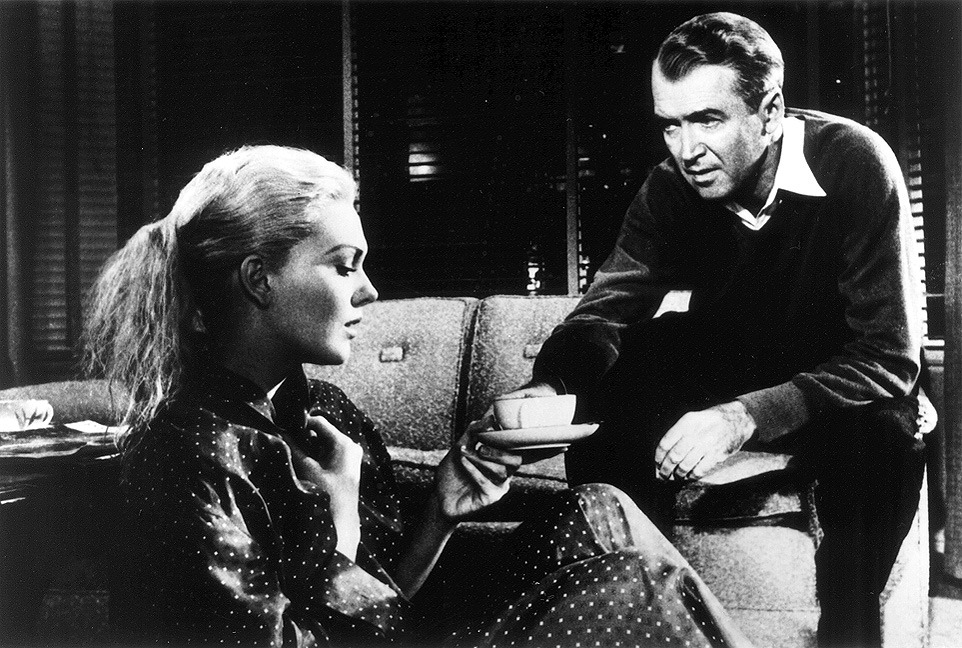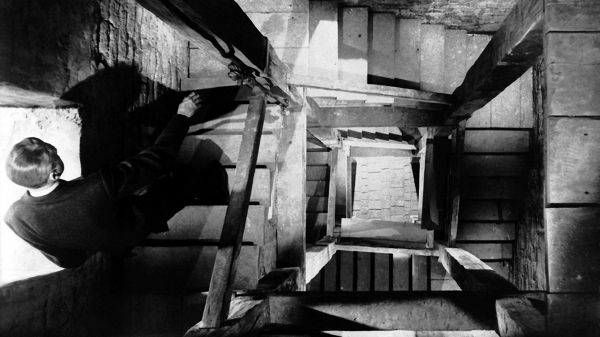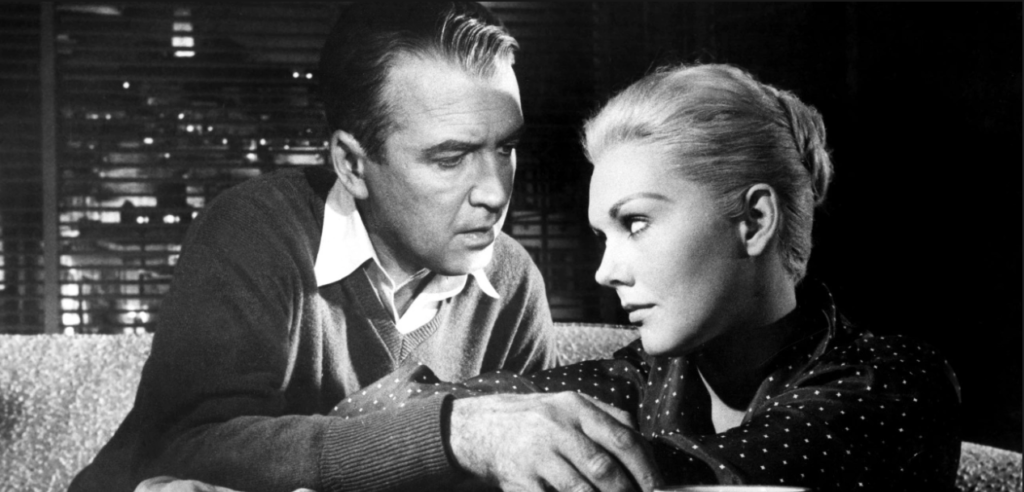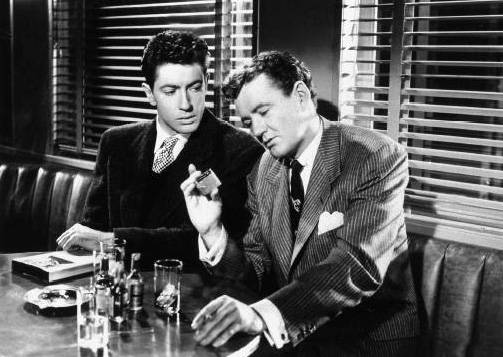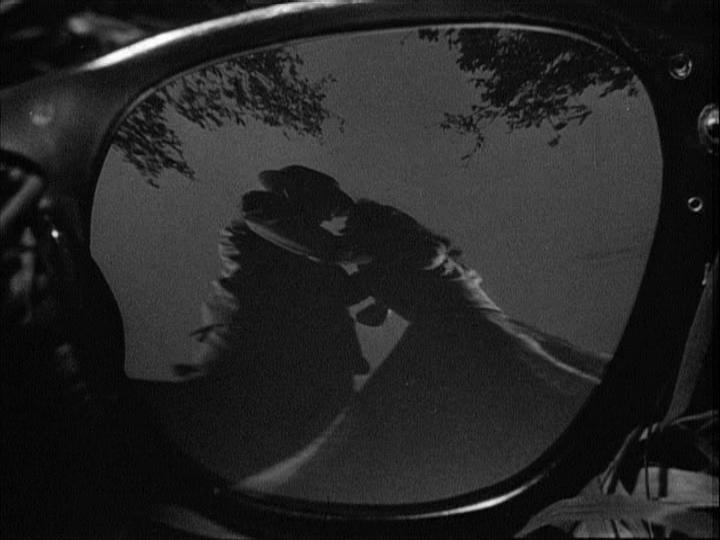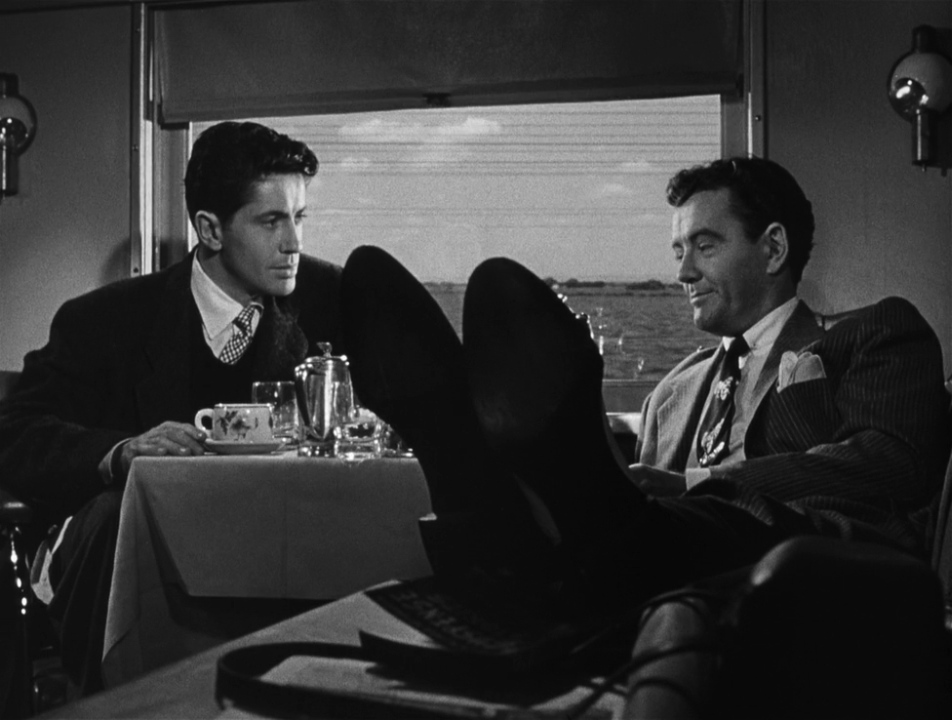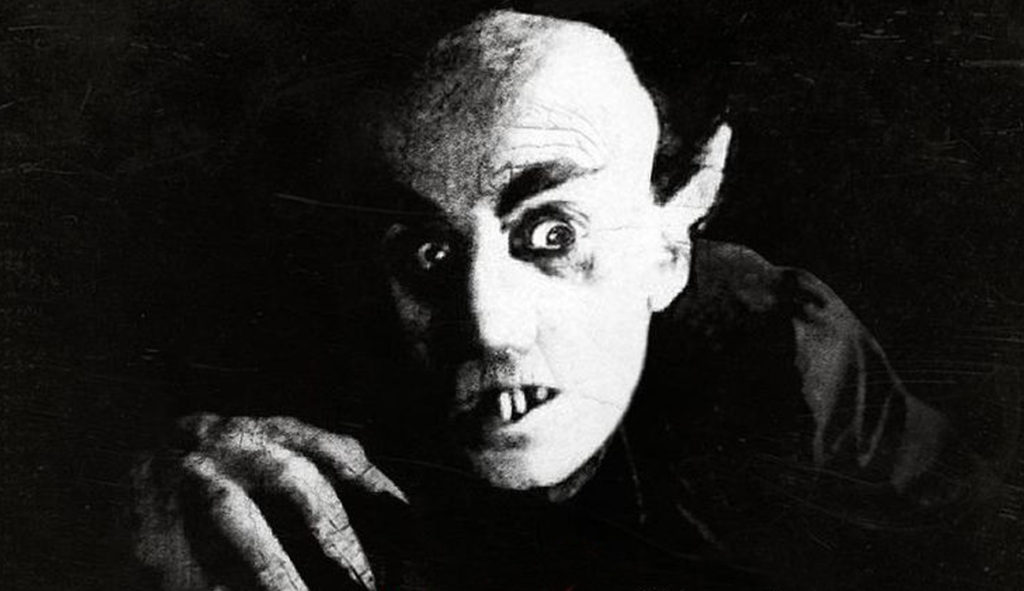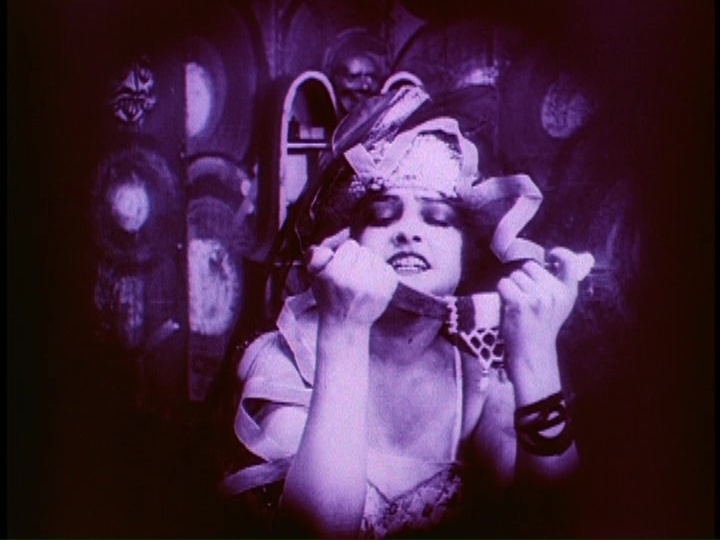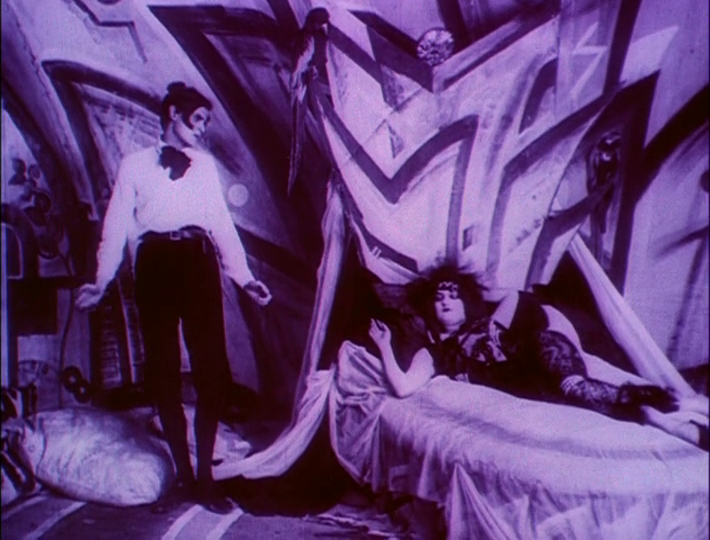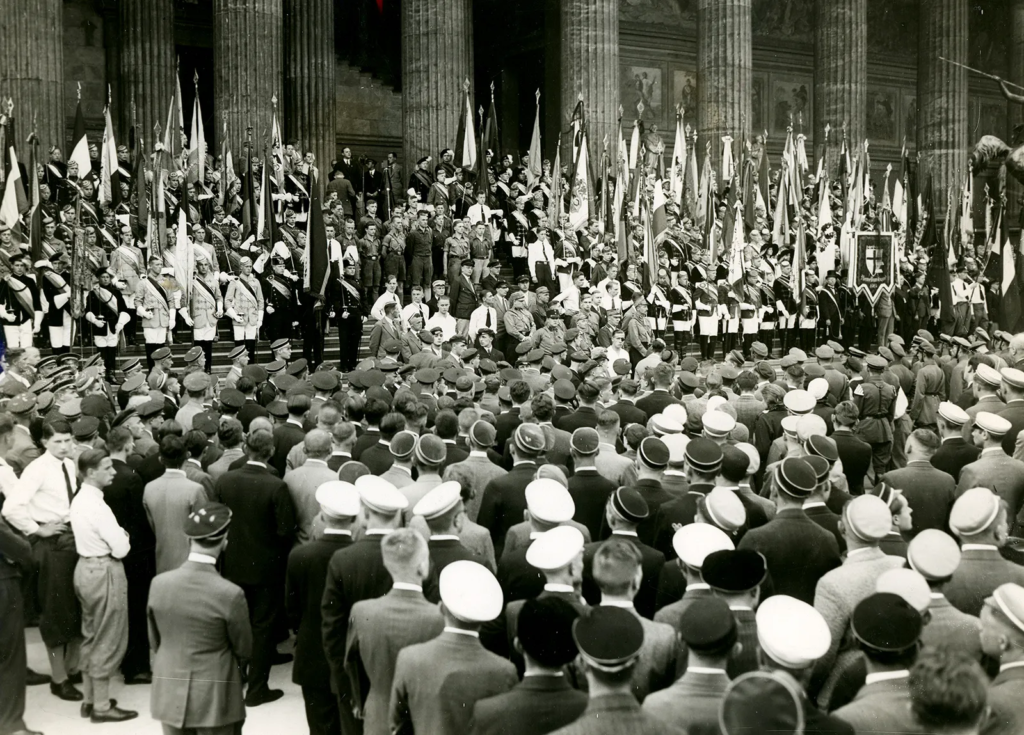Warning Shadows (1923)
An illusionist turns a shadowy puppet show into a violent premonition of what might occur if the wife of a jealous German baron continues to flirt with dinner guests.



Dr. Mabuse the Gambler (1922)
A criminal mastermind, Dr Mabuse, collects a fortune using unethical and murderous means, henchmen, disguises and hypnoses. But a resolute cop, is determined to jail him.



Genuine (1920)
Director Wiene created Genuine as a follow-up to his massively successful film The Cabinet of Dr. Caligari, using the same writer and cinematographer who had worked on the earlier film. Genuine is an ancient and cruel divinity, who seduces men and induce them to kill as a proof of love.


_000114.jpg)





